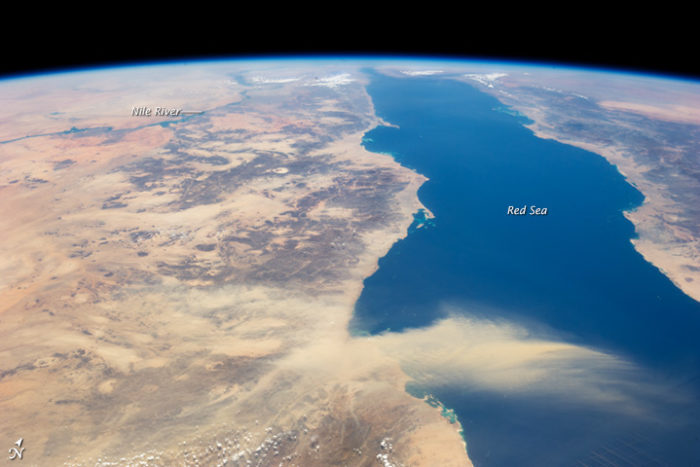Mecca And Its Cube: Part 2
April 20, 2023 Category: History, Religion
APPENDIX 1:
Jeddah And Other Port Cities On The Red Sea
What came to be called “Jeddah” seems to have been a coastal settlement of the Banu Kalb (who’s capital was the old Kedarite city of Duma[tha], farther inland and slightly to the north). It may have possibly been a Tanukhid settlement during much of Late Antiquity. Being members of the Quda’a, its residents would have spoken Syriac. Of course, it would eventually become a major commercial port–pursuant to the rise of the Abbasids. The question is: Why THEN?
It’s worth doing a brief survey of the region’s ports.
The next Arabian port to the north was Charmutha (located near present-day Yanbu); and farther north still was Leuke Kome (located west of Tabuk, near present-day Aynuna). These were BOTH used by the Nabataeans for maritime trade. The next Arabian port to the south was FAR to the south, in Himar: Muza (now the Yemeni port-city, Mokha). ALL trade between Himyar and Nabataea was done VIA BOAT on the Red Sea—primarily between Muza and Leuke Kome. No caravan routes were used in the Hijazi desert between Himyar and Nabataea because that would have been asinine. Indeed, the Himyarites and Nabataeans were civil with one another primarily due to their MARITIME trade.
Note that Trinkitat was not the only port across the Red Sea. Other port cities along the Abyssinian coast included Berenike Epi-Deires and Aydhab slightly to the north (on the Egyptian coast). The main port at the northern end of the Red Sea was the ancient Elamite city of Aila; which was referred to as “Elath” in the Hebrew Bible; and is now known as “Aqaba”. That port was strategically located at the southern-most edge of Canaan (120 kilometers south of Petra), providing the best access to and from the Red Sea. Another primary Nabataean port on the Sinai was at the location that came to be known as “Dahab”.
Meanwhile, Zeila (alt. Zayla; [h]Avala[h] / Avalites), Adulis, [s]Ophir, Malao (Berbera), Berenike Troglo-dytika, and Berenike Pan-chrysos would have been slightly more to the south (on the Nubian / Ethiopian coast).
Ports like Mundus, Mosullon (alt. Mosylon / Mossylum), Candala, Opone, and Essina were located on the African horn (on the Somali coast). Eudaemon Arabia (now known as “Aden”) was on the southeastern coast of Himyar. All THOSE ports would have been south of the “Bab al-Mandeb” (Gateway of Lamentation), and thus beyond the Red Sea (though still within the ambit of what was known as the “Erythraean Sea”). For a description of the maritime routes in ancient times, refer to the Byzantine “Periplous tes Erythras Thalasses” (Latin: “Periplus Maris Erythraei”) from the 10th century. For the ancient onomastics of this sea, see Footnote 9 above.
To conclude: The need for Jeddah as a major port would have only arisen once caravans were required for locations farther inland in the central Hijaz. This would not have made any sense until Mecca was established as Islam’s temenos—on the way to the town of Wajj (a.k.a. “Ta’if”), which was located in a lush garden valley beyond the “Tihama[h]” (Hijazi coastal plain); across the Sarawat mountains. Sure enough, that development occurred in the 8th century.
The timeline of Jeddah’s sudden efflorescence gives us an indication of the timing of Mecca’s founding.

